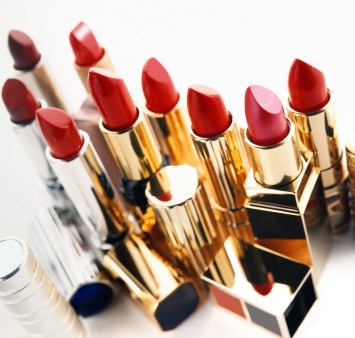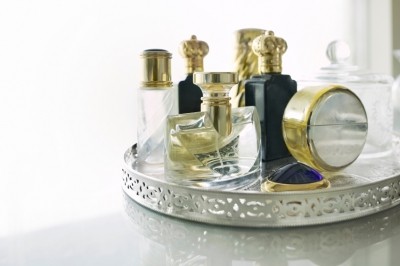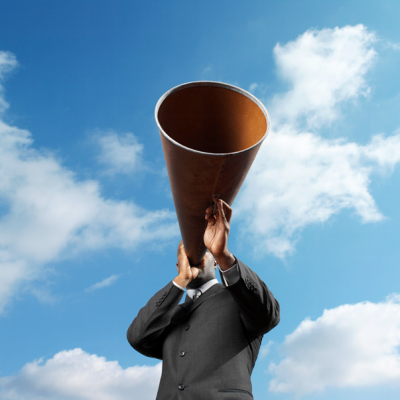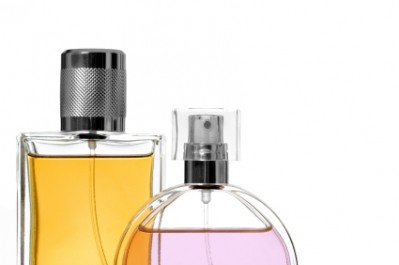Brazil market for cosmetics continues to shine
In a presentation given by company analyst Virginia Lee at last week’s HBA show in New York, the market researcher revealed that from 2006 to 2011 the market for beauty in Brazil had grown by a staggering 79 percent to $43bn, making it the third biggest market in the world.
But even in the face of tough economic conditions that are expected to prevail for years to come in developed markets, Euromonitor notes that Brazil’s beauty market is expected to grow by 38 percent in the period 2011 – 2016, to reach a total value of $59bn in 2016.
So what is driving this growth? Lee points to a number of factors, including the continued economic growth of the country, a larger number of women in the workforce and the fact that the country’s retail channels have grown considerably in recent years, taking on a much more sophisticated feel.
Direct sales remains a significant force
Looking at Euromonitor’s beauty retail distribution breakdown for 2011, it is evident that direct selling still remains the biggest category in the country, a factor that accounts for major players such as the domestic company Natura and Avon.
However, internet sales are also taking an increasing large slice of the market sales, and are expected to rise in the coming years, in line with the current Latin America share of the beauty retail market that is currently estimated at 12 percent.
Brazil also has its own specific market characteristics, reflecting differing cultural and personal care habits compared to other countries and global regions.
Hair care is the biggest category, but look out for fragrance too...
Hair care remains by far the dominant market category with an estimated market value of $9bn in 2011, a figure that is expected to rise by around 39 percent in the five year period up to 2016, putting the value in excess of $12.5bn.
This is attributed to the fact that many Brazilians wash their hair on a daily basis and use a variety of hair styling products that are specifically designed to cater for Latin hair and its associated hair care issues.
After hair care, fragrances are the next biggest category, currently estimated to be valued at just under $7bn, but expected to rise by around 38 percent in the next five years, to surpass the $9bn mark.
In Brazil there is a big culture for fragrance, which is often used to ‘freshen’ up in the predominantly hot climate. Adding to this is the fact that fragrances are used liberally by both men and women and the culture even extends to children’s perfumes.
Skin care sees the biggest growth
Skin care has also evolved rapidly in recent years, from a very low base that gave it a market value of under $2bn in 2006, to current estimates that project it will have a market value of well over $5bn in 2016.
Euromonitor attributes the majority of skin care growth to the body care market, which is expected to almost triple from its 2006 estimate of just over $1bn, to reach a little over $3bn by 2016.
So who is carving up this market growth? The biggest player remains Natura, with a 15 percent share of the market, followed by Unilever with a 10 percent share and Avon with a 9 percent share.
Beyond these players the market still remains fairly fragmented with other big global players such as L’Oreal, J&J and Beiersdorf carving up 6, 4 and 3 percent of the 2011 market respectively.
This leaves smaller, luxury and independent players with a 29 percent share of the total beauty market in 2011, suggesting that there is still significant fragmentation in the market and room for smaller players to carve out a bigger share of the market in the future.









